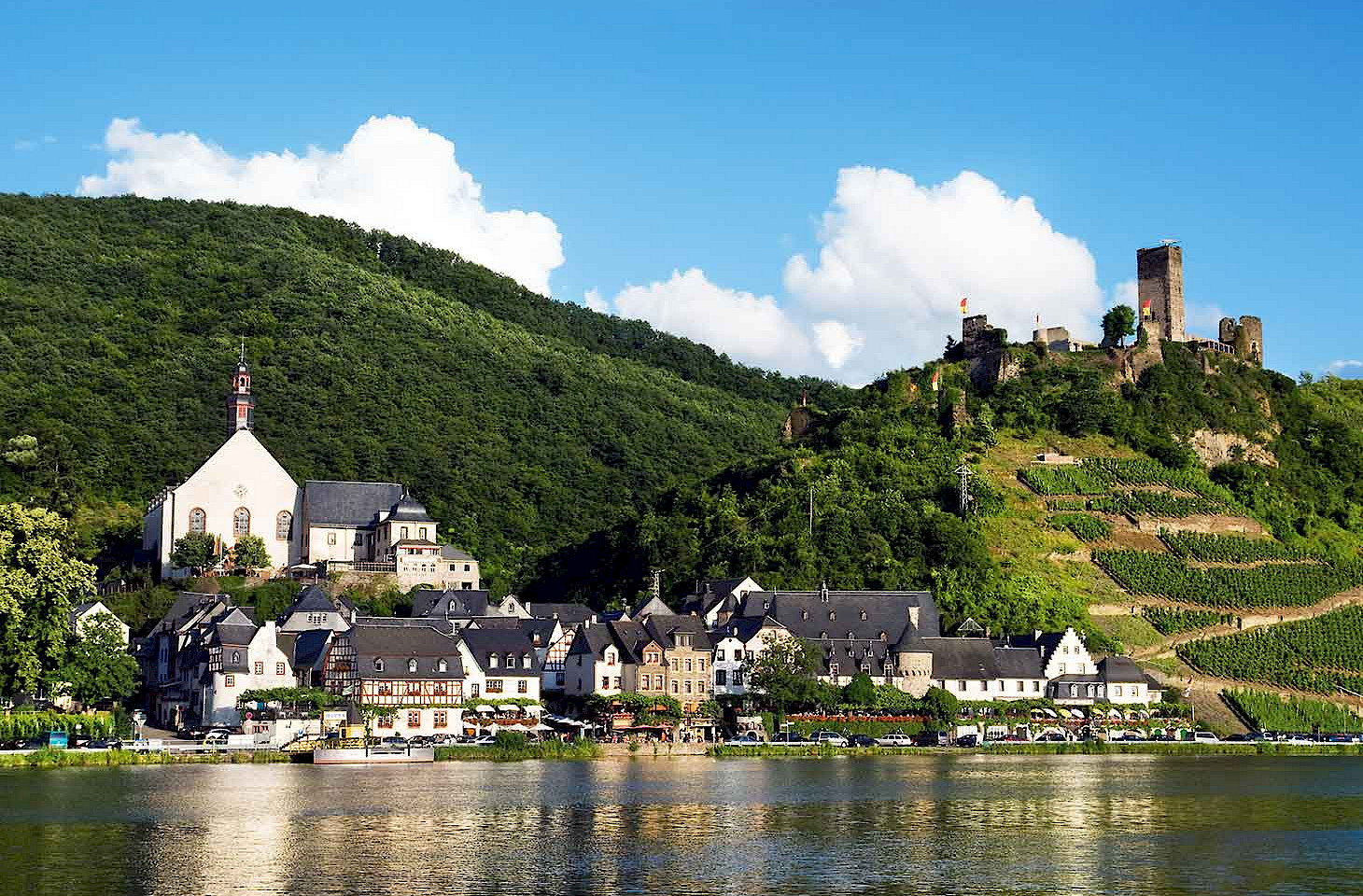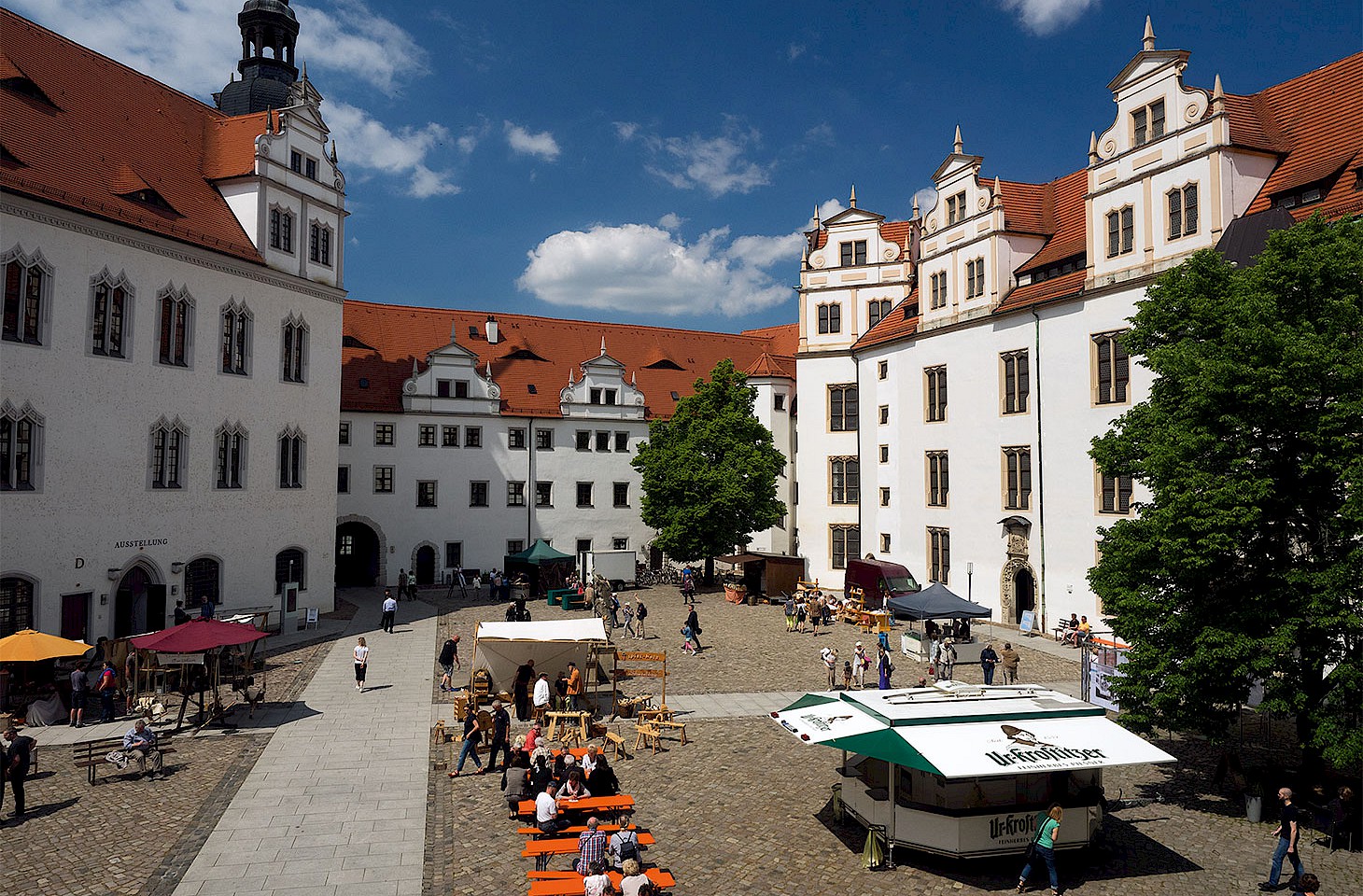Dear fellow travellers
Leave the main highways that cross South Jutland and you find a tranquil landscape. Picture perfect towns like Ribe, Kolding and its castle, and along the east coast some gentle fjords that lap shores with old fishing villages which have more than their fair share of thatched houses. This is a part of Denmark that most folk rush through, but it deserves more. And it has a few surprises. Listen out for the local dialect, Sønderjysk or South Jutlandic, which some in the region feel should have the status of a minority language. In some schools in this part of Denmark, Sønderjysk is part of the regular curriculum, though always playing second fiddle to Rigsdansk (ie. standard Danish). The debate in this part of Denmark is not just over which form of Danish should take priority, but also over the status of the German language.
The eastern part of South Jutland has a substantial German speaking minority - just as, conversely, there are Danish speaking Germans south of the international border in the German State of Schleswig-Holstein. In eastern Denmark, towns like Haderslev (Hadersleben) and Aabenraa (Apenrade) have many German speakers. In this strip of eastern Jutland, there are German language kindergartens, high schools and even a regular newspaper in German.
Just north of Haderslev is the small town of Christiansfeld, which is a cultural curiosity of the first order. The oldest part of the town, laid out in the late eighteenth century, is a place of extraordinary symmetry and perfection. Christiansfeld was founded by the Moravian Brethren, as an offshoot from their principal base at Herrnhut in eastern Saxony. Christiansfeld is a living legacy of Europe's religious heritage, and in its fine surviving ensemble of buildings we learn a lot about the early social organisation of the Moravian Church. There are separate choirs (buildings for communal living) for different social groups, designated housing for widows and a church that is stunning in its simplicity. Just outside the town is Gudsageren (God's Acre), the beautiful graveyard where the deceased are arranged in the manner in which the living congregation might have assembled in church: the sisters on the right and the brothers on the left.
The Danish dimension of the Moravian Church deserves more recognition for its contribution to the history of travel. It was Danish Moravian missionaries who contributed so much to our early understanding of life in Greenland and Labrador, sending back regular reports from their missionary outposts in some of the world's remotest communities. Later Moravian missionaries became pioneer photographers, ethnographers, meteorological observers and recorders of the fauna and flora of the areas in which they settled. And in the Danish West Indies, it was Moravians from Herrnhut and Christiansfeld who argued for an end to slavery.
Many European countries have settlements that were Moravian in origin. From Zeist in Holland to Gracehill in Ireland, these were communities where the arrangement of buildings and gardens linked residents to their beliefs. Each is special, and they still deserve a look. In the current issue of hidden europe, just published last week, we report from the proto-typical Moravian settlement, Herrnhut in Saxony. This out of the way spot, unmentioned in most tourist guides, still has a very special place in the worldwide Moravian Church. For a taste of that article, just follow this link.




